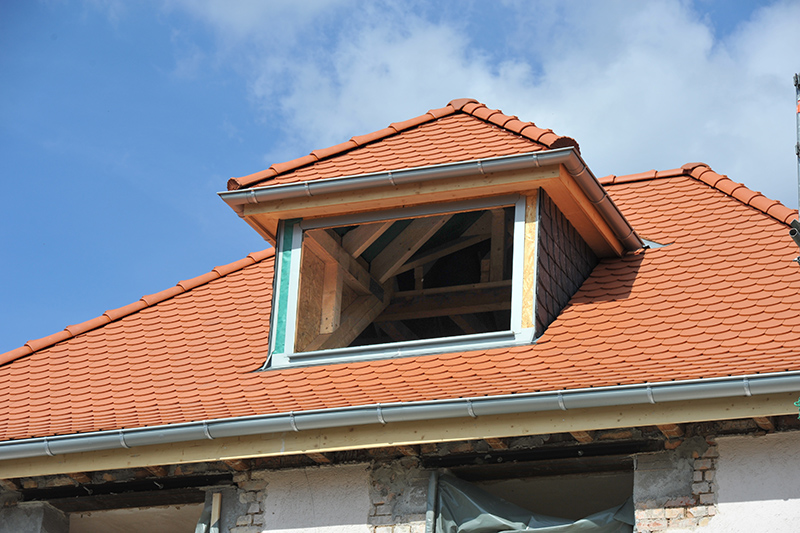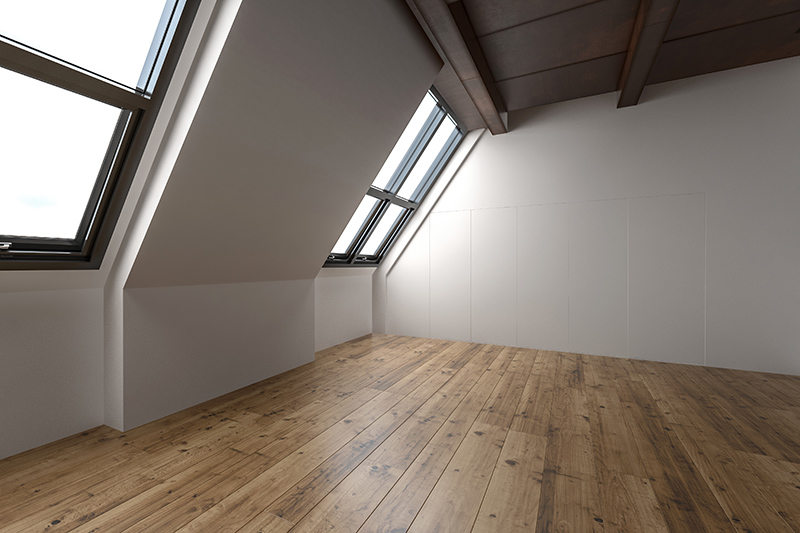How To Do A Loft Conversion by Loft Conversions Devon
A mansard type loft will give the maximum conversion roof space because of how it projects the maximum available head height, thus giving a greater usable floor area. Following a loft conversion, you can really think about what you want to do with the additional space.
Ensuring A Safe Working Enviroment For Loft Conversions Devon To Work In
If you are altering the roof height or shape (which may be the case if you have to raise it for headroom), you will also need planning permission from your local council.
The roof structure of your loft can be insulated in different ways. Insulating the floor of your loft conversion can be achieved by a mineral fibre quilt laid between the joists.


Altering Roof Structures In Devon
Without the roof space free for water tanks and plumbing, the heating and hot water system in your home may have to be replaced with a sealed system. Don't forget that you'll need a suitable tie between the roof structure and the dwarf wall formed, to prevent the roof of your home spreading.
Did you know that loft conversions on bungalows have little effect on the fire safety of your home, beyond making sure that the new windows are large enough to escape out of. You will have to comply with the fire regulations at every point in the construction of your loft conversion.
Do You Need Help ?
Call Us Now On
Working Under The Permitted Development Rights In Devon, United Kingdom
In most cases, loft conversions in Devon tend to be considered permitted development. When you convert the loft of a house and create a third floor the building regulations will require you to look at the fire precautions a lot more seriously.
